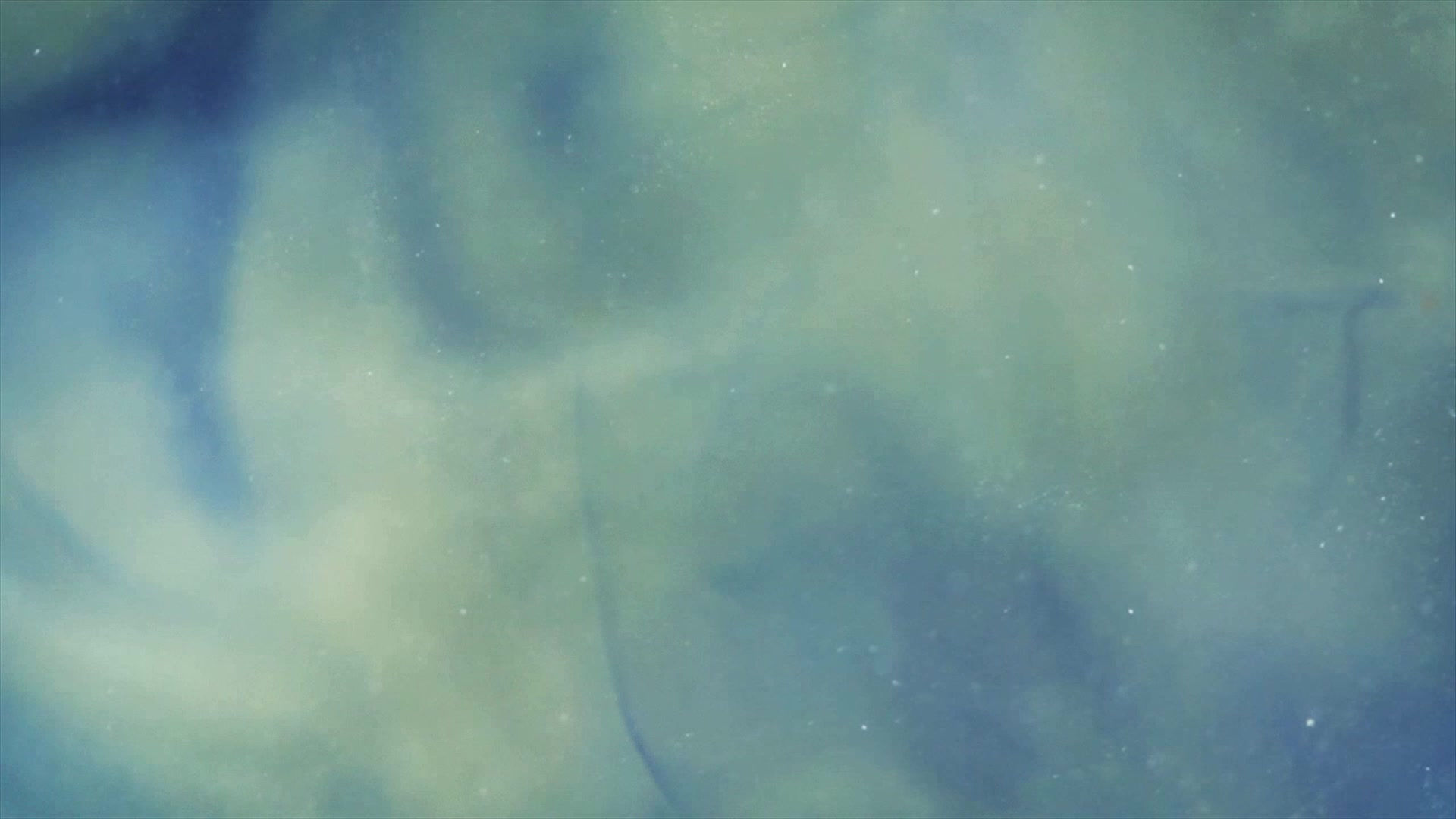
What is Reiki?
Reiki (pronounced Ray Kee) is a safe, gentle, nonintrusive hands-on healing that uses spiritual energy to treat physical ailments without using pressure, manipulation or massage. It is a holistic system for balancing, healing and harmonizing all aspects of the person - body, mind, emotions and spirit. Reiki encourages personal and spiritual awareness and growth.
Reiki is a spiritual healing art with its roots in Japanese origin. The word Reiki comes from the Japanese word Rei which means “Universal Life,” and Ki which means “Energy.” Reiki is not affiliated with any particular religion or religious practice. It is not massage nor is it based on belief or suggestion. It is a subtle and effective form of energywork using spiritually guided life force energy.
Reiki is the life energy that flows through all living things. Reiki Practitioners understand that everyone has the ability to connect with their own healing energy and use it to strengthen energy in themselves and help others. It is believed that a person’s “ki,” or energy should be strong and free flowing. When this is true a person’s body and mind is in a positive state of health. When the energy becomes weak or blocked it could lead to symptoms of physical or emotional imbalance.
A Reiki session can help ease tension and stress and can help support the body to facilitate an environment for healing on all levels – physical, mental, and emotional.
Here is an analogy to explain chakras. Water flows in a stream like energy flows through our bodies. This stream has many ponds where water swirls around before going on its way. These ponds symbolize the chakras within all of us. If nothing was around the stream of energy it would flow freely and pure. But life is messy and things tend to fall into the ponds and block the path of the streams which results in chakras being imbalanced. Reiki is like a clean up crew that unblocks the ponds in order for the stream to flow freely.
Reiki is a great tool for stress reduction and relaxation. Many people use Reiki for wellness. Reiki is not a cure for a disease or illness, or a substitute for conventional medicine. Reiki can assist the body in creating an environment to facilitate healing. Reiki is a great tool to use as a complement to traditional medicine because there is nothing about a Reiki session that can interfere with conventional medical care, Reiki has no known contraindications and can be used concurrently with any medical intervention.
There are five principles in Reiki which are beautiful concepts to try to live by. The principles remind us that every day we can start anew, and set attainable goals to live life day by day.
The Reiki Principles
Just for today do not anger
Just for today do not worry
Just for today be grateful. Honour your elders, teachers and parents
Just for today earn your living honestly
Just for today show gratitude and compassion to every living thing.
What to Expect During a Reiki Session
A session is usually 45 to 90 minutes long. A discussion will usually take place during an initial session with a Reiki Practitioner. The practitioner will describe the session to the client, give the client an opportunity to discuss any particular problems or issues they are experiencing and ask them what they are hoping to achieve from their session. For the actual session, the client will rest comfortably on a massage table on their back with their shoes removed. If the client has mobility issues Reiki can be performed with the client sitting comfortably in a chair as well. Unlike massage therapy, no articles of clothing are removed and a client is always fully clothed; loose, comfortable clothing is suggested. A session can either be hands-on, where a Practitioner will apply a light touch during the session, or hands-off where they will hold their hands slightly above your body. If a client prefers not to be touched they can indicate this to the practitioner before they begin. The practitioner’s hands are placed along energy centres and pathways (chakras, meridians) on the head, neck, shoulders, upper chest, abdomen, legs, and feet (similar to those used in acupuncture).
A recipient of Reiki might feel a warming sensation or a tingling during the session or nothing at all but sheer relaxation. The session should be very pleasant, relaxing and invigorating. At times clients may experience a release of emotions following a Reiki treatment such as tearfulness and joyfulness. The emotional release is a result of blockages being cleared through Reiki so that your life energy can flow freely.


